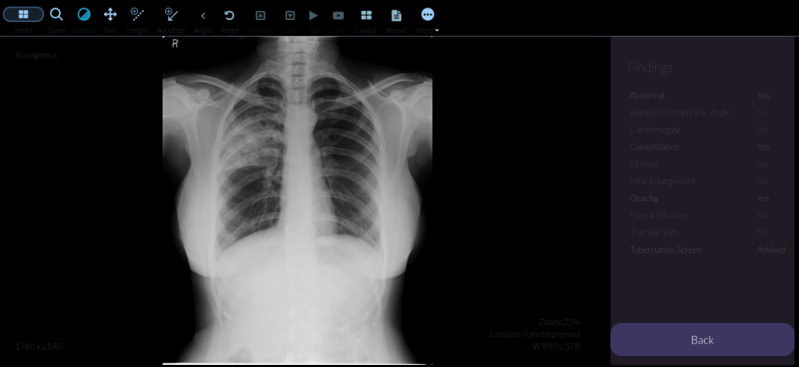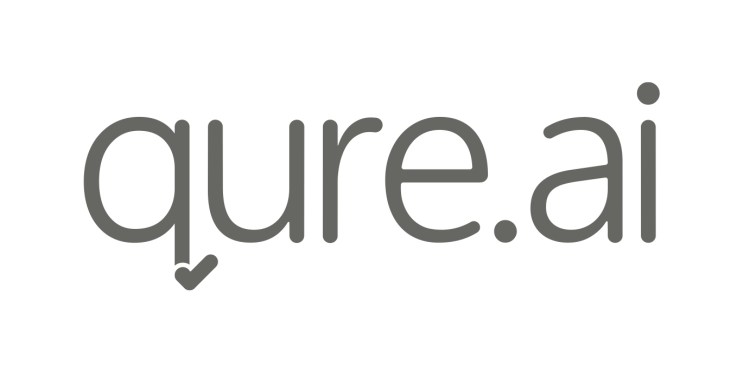Watch all the Transform 2020 sessions on-demand here.
More than 10.4 million people were infected with tuberculosis in 2016, according to the Center for Disease Control and Prevention. Of those, 1.7 million died from resulting complications, many in developing regions of the world with limited access to radiology departments.
That’s why Qure.ai, an AI health care startup headquartered in Mumbai, developed qXR, a chest x-ray product that can identify 15 of the most common chest x-ray abnormalities. On Thursday, qXR received CE certification from the European Medical Device Directives, clearing the way for commercialization in 32 European countries.
The company plans to apply for U.S. FDA approval in the next six to 12 months.
The neural network at the heart of qXR takes just “milliseconds” to process x-rays, according to CEO Prashant Warier. “A process that can take three to four days in remote regions of the world can be done in a day,” he told VentureBeat in a phone interview.
June 5th: The AI Audit in NYC
Join us next week in NYC to engage with top executive leaders, delving into strategies for auditing AI models to ensure fairness, optimal performance, and ethical compliance across diverse organizations. Secure your attendance for this exclusive invite-only event.
Clinics have two choices when it comes to installation: a cloud-hosted setup in which radiologists digitize and upload scans to Qure.ai’s servers for analysis, or a locally hosted, on-premise solution that uses off-the-shelf hardware. “It’s mostly an automated process,” Warier said. “We’ve already deployed it in settings without … health care professionals.”

Above: A screenshot of the qXR dashboard.
Training the machine learning algorithm wasn’t exactly a walk in the park, Warier said. Achieving accuracy comparable to that of human radiologists required data — lots of data. Qure.ai sourced anonymized x-ray scans of tuberculosis patients from about 15 institutions, slowly building a gallery of millions of images.
That was the easy part. The images were upwards of 4000 x 4000 pixels in resolution, which pre-trained neural network models running on conventional computer hardware can’t process very efficiently. “We had to do a lot of development and research to [develop a] model that would perform well on medical data,” Warier said.
The results speak for themselves. In a preliminary study, qXR was more than 90 percent accurate in correctly diagnosing tuberculosis.
Warier isn’t advocating that qXR replace human caregivers just yet, though. Instead, he sees qXR reducing the number of tough-to-spot tuberculosis cases that fall through the cracks. “If [the algorithm] diagnoses tuberculosis, then patients can get multiple tests that will confirm it,” Warier said.
But he isn’t shy about sharing his ambitions. “Maybe [qXR] can replace a radiologist three to four years down the line,” he said.
The launch of qXR follows hard on the heels of Qure.ai’s second-newest product, an AI-powered CT algorithm that identifies hemorrhaging in the brain and bone fractures. The startup receives funding from Fractal Analytics, which has plans to invest up to $30 million over the next few years.


